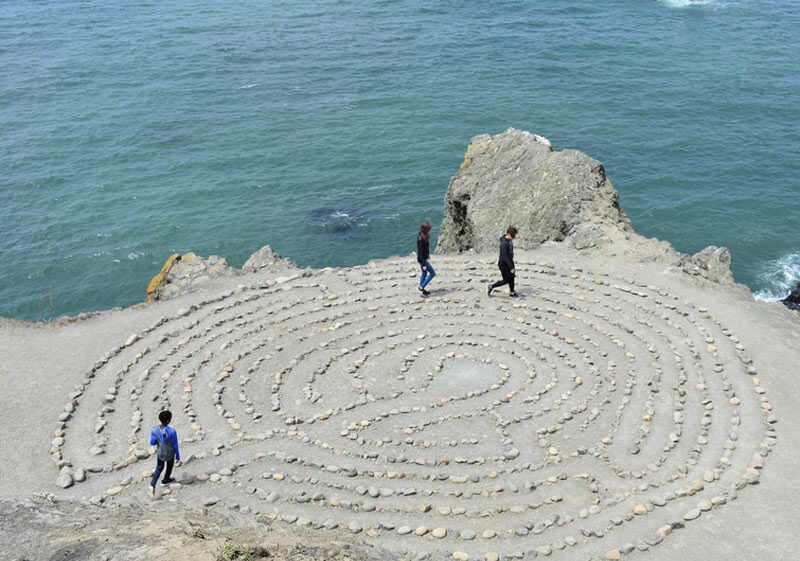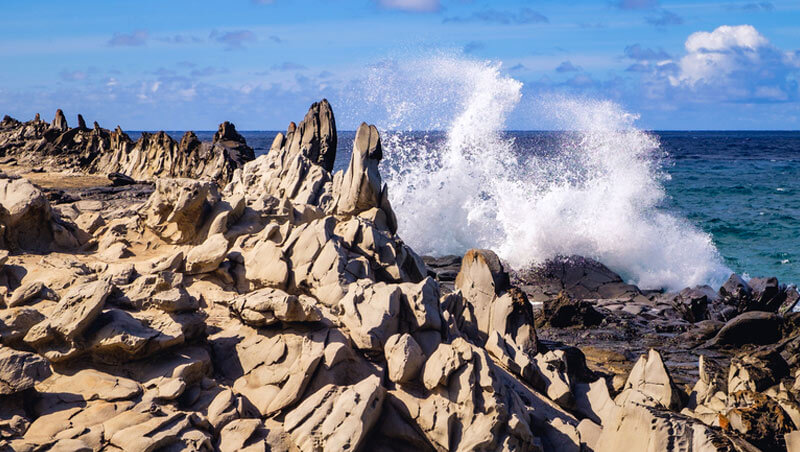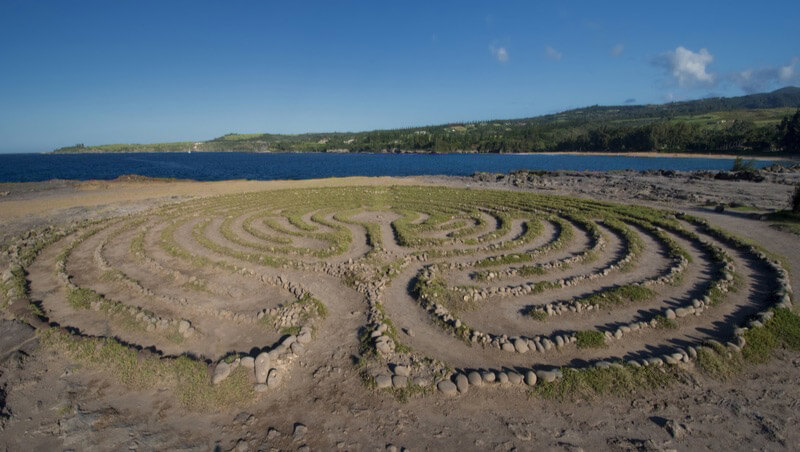The first Saturday of May is World Labyrinth Day. All around the world, people celebrate the labyrinth by “Walking as One at 1”. The is a celebration of unity and peace united by walking the path of the ancient labyrinth.
If you have never experienced a labyrinth walk, I would suggest you put that on your “bucket list” and make it a regular practice. I like to enter the labyrinth with a special question in mind and as the path winds and unwinds, the clarity unfolds.
About:
A labyrinth has a single path that weaves in a defined pattern around a circle to a central point and then follows the pathway back out to the beginning. The center is visible from all around the perimeter. A labyrinth is not a maze. There is only one way in and one way out, so you are free to meander the path as it will lead to the center.
“You are on the path; exactly where you’re meant to be right now and from here, you can only go forward, shaping your life story into a magnificent tale of healing, of courage, of beauty, of dignity and of love.” (Caroline Adams)
The pattern of the circle and the spiral that create the labyrinth creates a sacred space, an intentional pathway that represents our journey to center of our being, and then back out into the world again. It is about the journey as well as the destination. Labyrinths are ancient and have been used for over 4000 years, or perhaps longer. They are used for ceremony, walking meditation and ritual. You can find the labyrinth pattern in many forms of art and pottery. Small handheld labyrinths are meditative and relieve stress. Outdoor Labyrinths can be made of earth, rocks, mowed into a grass, and painted onto a surface. Labyrinths were found in many medieval churches as part of the flooring pattern. Today, beautiful portable labyrinths are created out of canvas and bring the experience to indoor and outdoor venues. These are wonderful opportunities for community and retreat activities.
Why “Walk” the Labyrinth
Labyrinths are believed to enhance and activate right-brain activity. Walking the labyrinth can be a transformative process, meditative, calming, and healing. The symbolic sacred geometry unites humanity through the universal primal, building community, personal reflection, and spiritual connection.
Let’s bring it to the labyrinth:
A pressing question or concern
Calming
Walking Meditation
Healing from grief and loss
Seeking balance
Releasing negative threads
Quest for purpose
Celebration
Activating Creativity
Gratitude
Connecting to Spirit
Ceremony
Marriage ceremony
Community – tribe building
Connecting to Gaia
Entering the Labyrinth:
Entering: As you enter, bring you intention and attention inside.
Hold this inner focus, perhaps a question or prayer and begin the walk.
Follow the pathway. Step after step, wind your way around and around, as the energy calms.
Stop in the center. Take some deep breaths, stand or sit and check in with yourself. What do you feel? What thoughts have entered?
Leave the center. Begin the journey back out, and re-center yourself with you original intention and prayer. Follow the pathway all the way out to the original entrance.
Reflect on your walk. What was the experience? How do you feel?
American Nurse quote:
“Representing growth and transformation, a labyrinth can confer a sense of clarity, peace, and serenity. Psychotherapist Melissa West, author of Exploring the Labyrinth: A Guide for Healing and Spiritual Growth, describes the labyrinth experience as walking toward one’s own core and the center of one’s soul. Rev. Dr. Lauren Artress calls a labyrinth a watering hole for the spirit and a mirror of the soul. ”
Today, we find labyrinths in many community settings: parks, schools, medical centers, hospices, prisons, retreat centers, churches. Consider bringing a labyrinth to your school as a creative and calming process for children and teens.
Find a Labyrinth: https://labyrinthlocator.com/
Resource: https://labyrinthsociety.org/
Hawaii
Maui’s Dragon Teeth and Labyrinth
Dragon’s Teeth, at Makaluapuna Point, is located in Maui, Hawaii. This is a sacred spot, an ancient burial ground, and the jagged rocks or teeth greet the ocean as the dragon’s jaw. The labyrinth here is considered a prayer journey.



